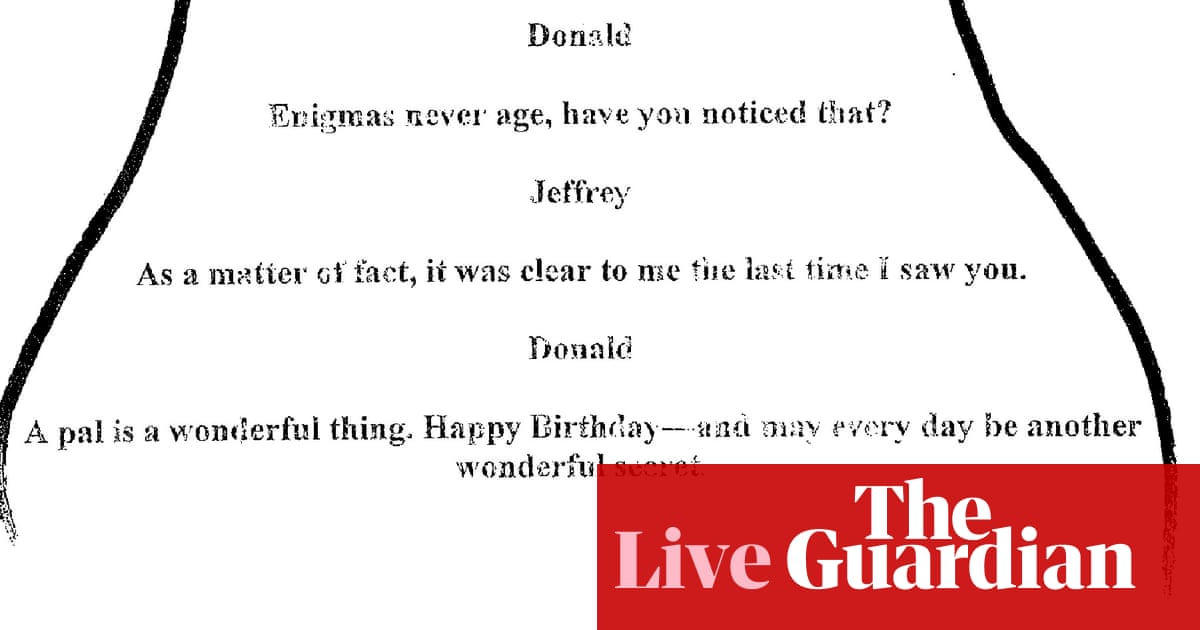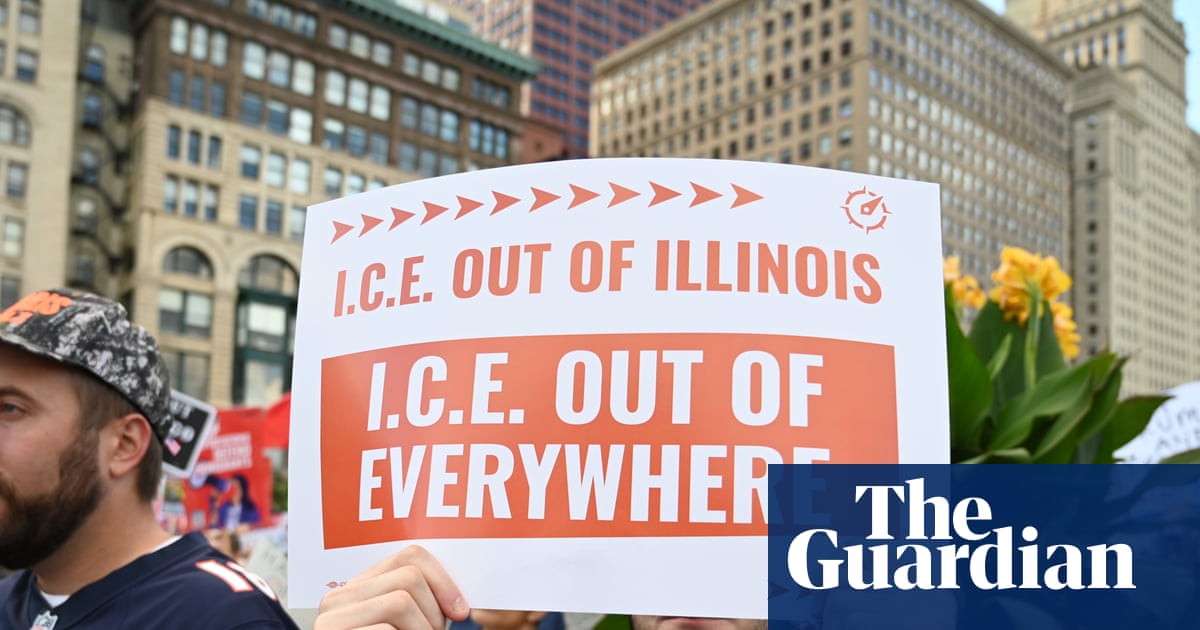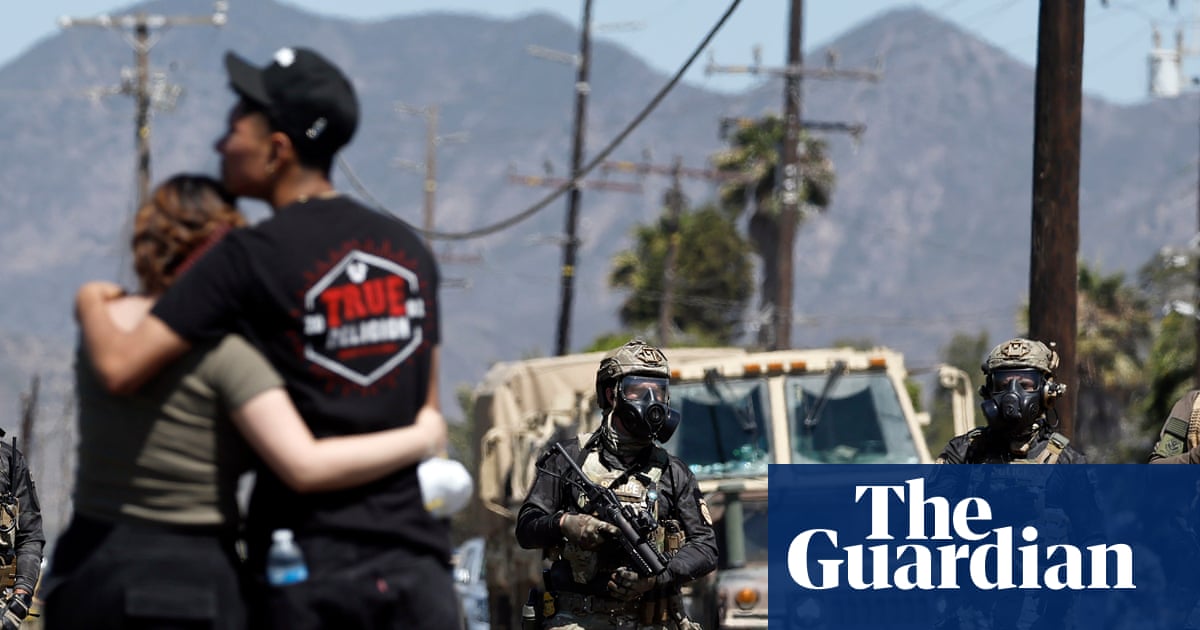President Donald Trump has promised a "Peace Agreement" to end the war in Ukraine following his summit in Alaska with Russian president Vladimir Putin, dropping his demand for a ceasefire and sparking fears he is moving closer to Putin's position.
Trump carried out phone calls overnight with Ukrainian President Volodymyr Zelenskyy — who travels to Washington for talks on Monday — and European leaders.
But the shift in stance has sparked fears that Trump has adopted Putin’s position, as European leaders reiterated that borders cannot change through force and analysts warned of potentially disastrous consequences.
“A great and very successful day in Alaska!” Trump posted on Truth Social early Saturday after he returned to The White House. “It was determined by all that the best way to end the horrific war between Russia and Ukraine is to go directly to a Peace Agreement, which would end the war, and not a mere Ceasefire Agreement, which often times do not hold up.”
An aerial view of a blaze in a residential area following a powerful explosion as emergency services respond to the aftermath of the fire, on Thursday, 2025 in Sloviansk, Ukraine. (Kostiantyn Liberov / Getty Images)
Ahead of the Alaska summit, Trump told Zelenskyy and European leaders during a call on Wednesday that he was going into the meeting with Putin with the goal of securing a ceasefire, according to two European officials and three other people briefed on the call.
Trump and his counterparts agreed that a ceasefire would have to be implemented before peace negotiations could begin, they said, but that stance seemed to shift dramatically after his discussions with Putin.
Later Saturday, Zelenskyy said, following a call with Trump, that “we must achieve a real and lasting peace, not just a pause between Russian invasions.”
A joint statement from European leaders — including France, Italy, Germany, Britain, Finland, and Poland, as well as the presidents of the European Commission and European Council — did not directly acknowledge Trump’s reversal but said further talks must include Zelenskyy, and that “it will be up to Ukraine to make decisions on its territory.”
While the substance of the Alaska summit remains unclear, Trump’s remarks have raised new questions about the direction of the peace process.
“It does sound very much as though Putin’s arguments have prevailed over those of European leaders, who were insistent that a ceasefire had to be in place for negotiations to begin,” Keir Giles, a senior fellow at London-based think tank Chatham House told NBC News.
“The danger lies in the possibility that Trump may also have become convinced that Russia’s demands on Ukraine are valid,” he added, calling such an outcome “disastrous, not only for Ukraine, but also for the security of Europe.”
Those Russian demands remain sweeping.
They include that Ukraine cedes all the territory Putin claims to have annexed and an agreement of permanent neutrality, with a ban on joining NATO. Moscow claims sovereignty over four Ukrainian regions — Luhansk, Donetsk, Zaporizhzhia and Kherson — in addition to Crimea, which it annexed in 2014.
Russian forces do not fully control the territory in those regions, and Kyiv has repeatedly vowed never to recognize their annexation.
Ukrainian leaders have insisted that any peace deal must include “security guarantees” from Western allies to ensure Russia cannot launch another offensive in the future. European leaders said Saturday that Russia “cannot have a veto against Ukraine‘s pathway to E.U. and NATO [membership].”
But Peter Watkins, an associate fellow at Chatham House, says Russia has given "no indication" of softening its demands, casting doubt on hopes for peace.
“The Russian strategic calculus is that they’re better off just continuing to grind away rather than agree to a ceasefire," he said. “If the Russian demands haven’t changed, then it is difficult to see how there’s going to be a peace agreement."
But not all observers see Trump’s shift as entirely negative.
Balazs Jarabik, a non-resident scholar at the Carnegie Endowment for International Peace, argued that it could ultimately be beneficial for both Ukraine and Europe.
“Kyiv is losing the war of attrition, while Europe faces a large gap between its strategic posture and its actual capacity to support the war,” he wrote on X. “A framework for regulating the conflict could provide all parties, including Russia, with room to stabilize the situation.”
Meanwhile, fighting on the ground has not slowed.
Russian drone strikes hit multiple regions of Ukraine overnight, Ukrainian officials said, even as the Trump-Putin summit unfolded in Alaska. “Confirmed strikes include missile and UAV hits: 24 drones struck 12 locations,” Ukraine’s Air Forces said in a statement.
And in the absence of a breakthrough, critics say the optics of the Alaska summit may have played to Putin’s advantage while his nation continues its offensive.
“Putin got his red carpet treatment with Trump, while Trump got nothing,” Wolfgang Ischinger, the head of the Munich Security Conference, wrote on X. “For the Ukrainians: nothing. For Europe: deeply disappointing,” he added. “A clear 1–0 for Putin.”
The Russian delegation in Alaska also appeared pleased with the summit.
Kirill Dmitriev, a Putin adviser who heads Russia’s sovereign wealth fund, posted a clip on X Friday showing an encounter with a bear in Alaska that he hoped would provide good omens for the meeting.
"Bear was indeed a good sign," he said Saturday.
This article was originally published on NBCNews.com

 German (DE)
German (DE)  English (US)
English (US)  Spanish (ES)
Spanish (ES)  French (FR)
French (FR)  Hindi (IN)
Hindi (IN)  Italian (IT)
Italian (IT)  Russian (RU)
Russian (RU) 
























Comments